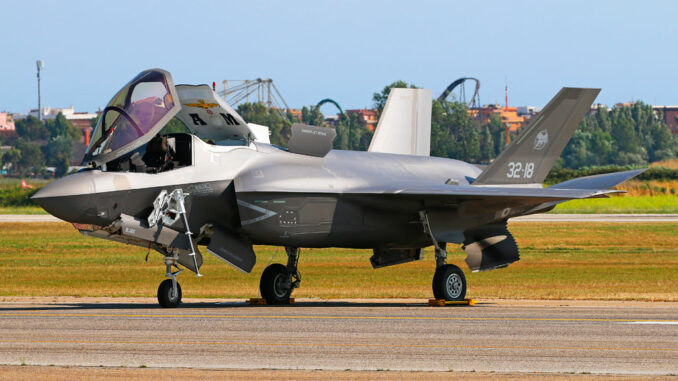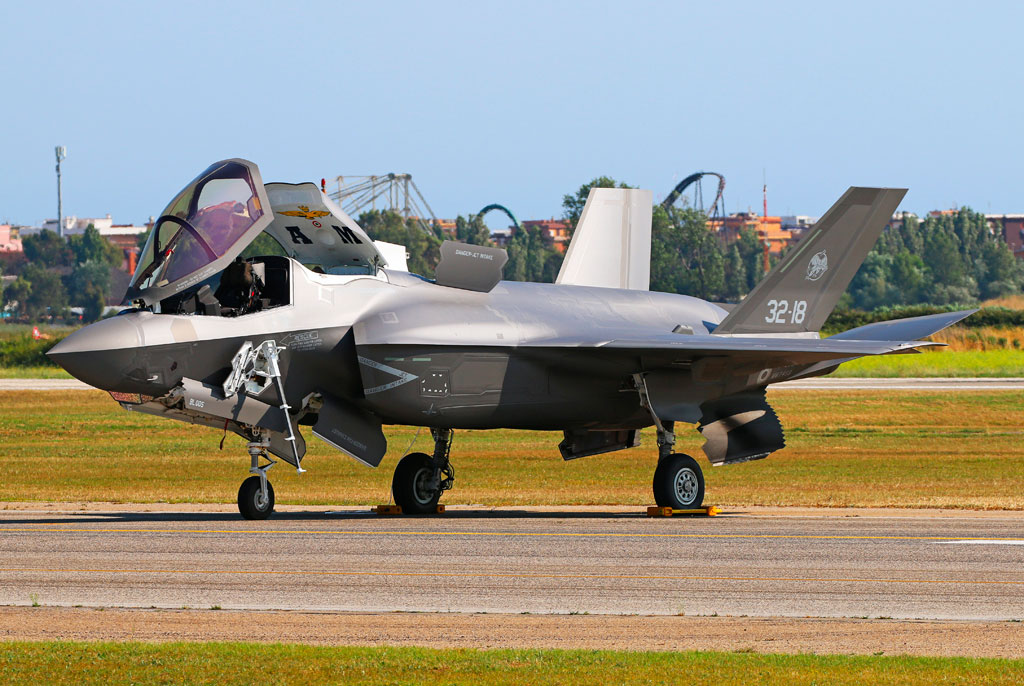
A USMC report analyzes the crash of an F-35B in South Carolina, caused by pilot error and electronic failures.
The 2nd Marine Aircraft Wing has published a report on the crash of an F-35B in South Carolina in September 2023. The investigation concludes that the incident was caused by a pilot error, with the pilot ejecting too soon, thinking the aircraft was out of control. Despite electronic faults, the aircraft was still maneuverable. The F-35B continued to fly 118 km without a pilot before crashing.
Incident details and diagnosis
On September 17, 2023, during an attempted instrument landing at Joint Base Charleston in a severe storm, the pilot decided to eject after a rebound following a missed approach. The report states that an electrical fault interrupted operation of the helmet-mounted display and the panoramic instrument panel, with these failures occurring at least three times during the flight. The tactical navigation systems, landing instrument and radios were also out of service, as was the transponder.
Despite these critical failures, the F-35B was still controllable. The findings underline that the premature ejection was a diagnostic error on the part of the pilot. The investigation indicates that the management of these malfunctions could have enabled a safe return.
F-35B characteristics and flight control
One of the remarkable features of this incident is the ability of the F-35B to fly autonomously for more than 70 miles (118 km) after the pilot ejected. This endurance is the result of the advanced AI-assisted flight control systems, which maintain stability and enable semi-autonomous flight even in the absence of a pilot.
The failing transponder and the aircraft’s stealth technology delayed locating the crash site until the following day. Stealth features, while an asset for combat operations, pose challenges in terms of tracking and recovery in the event of an incident. The F-35B is known for its high costs, reaching up to 122 million euros per unit, underlining the significant financial impact of losses.
Error analysis and recommendations
The USMC report concludes that the ejection was caused by a pilot error due to incorrect judgment of the situation. The pilot interpreted the electrical failures as an irreversible loss of control. However, the condition of the aircraft was still under control thanks to the automated flight systems.
Marine Corps Command decided not to sanction the pilot, recognizing the complexity of the incident. However, this decision does not eliminate the need to reinforce pilot training for complex electrical failures and critical situations.

Financial consequences and public perception
The cost of the incident, estimated at €135 million, highlights the importance of risk management in the use of modern combat aircraft. The F-35 program, developed by Lockheed Martin, has already been criticized for its costs, reaching a total of over 1,500 billion euros over its lifetime. These costs include research, development, manufacturing and maintenance.
Incidents like this one fuel the debate on the reliability of sophisticated weapons systems and their cost-effectiveness. Technical failures, although rare, have an impact on public perception and confidence in modern weapons programs.
The need for improved training
This incident underlines the need to reinforce pilot training to deal with complex in-flight failures. Proper understanding and use of backup systems and recovery procedures can reduce the risk of premature ejections and loss of costly equipment.
The event also highlights the importance of ongoing research and development to improve the reliability of electronic systems in complex environments. The integration of more resilient AI technologies and better in-flight diagnostic procedures could prevent similar incidents.
War Wings Daily is an independant magazine.